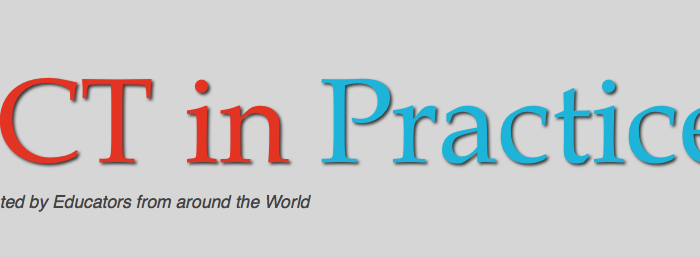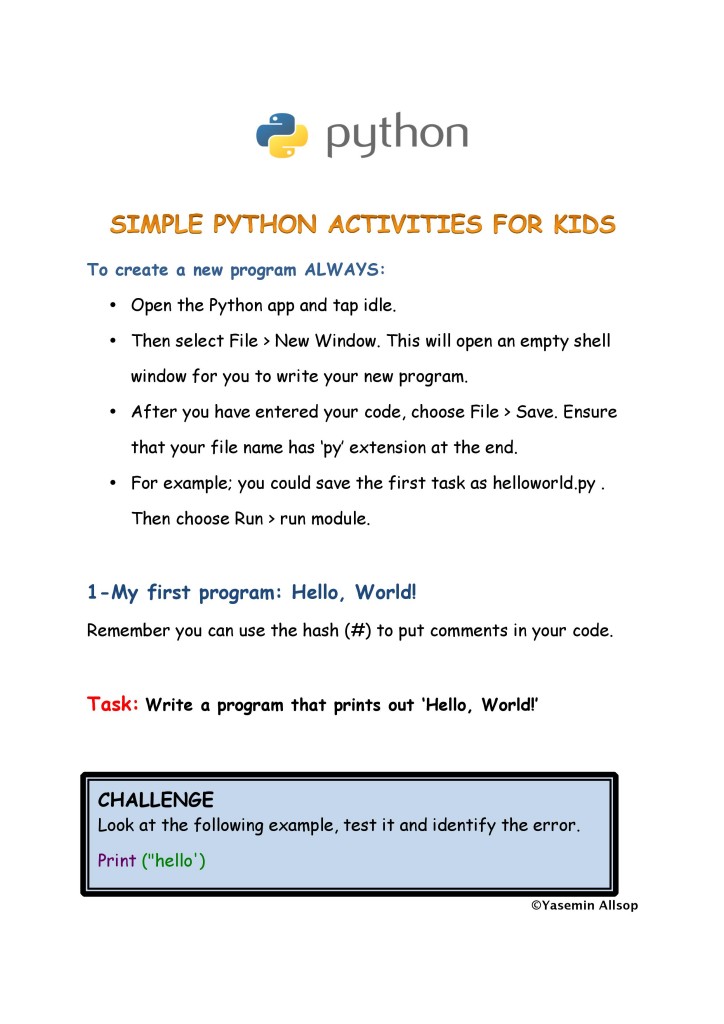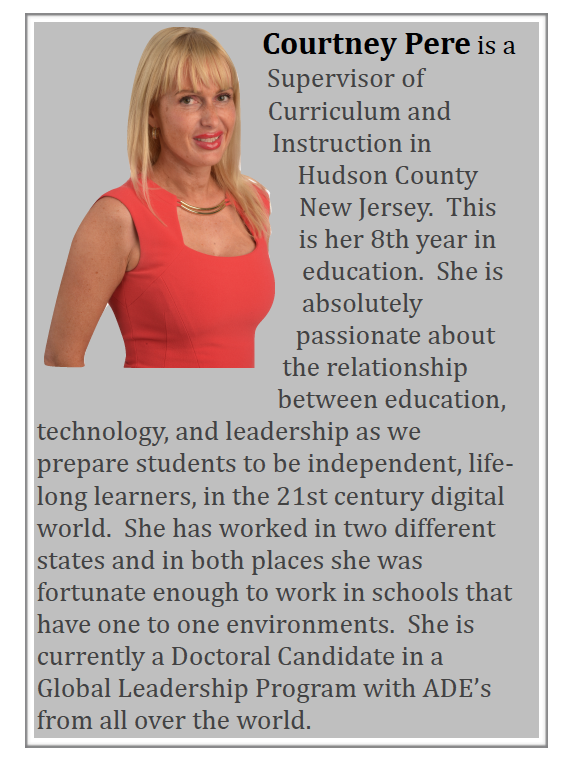You can download the resources using the links below:
Double sided binary cards
Double sided binary counting cards
Binary calculator template
Since the introduction of the new computing curriculum, much of the focus has been on programming. Now that we have begun to get our teeth into this, it’s worth turning our attention towards helping our pupils to understand computer networks.
This begins with understanding binary; how computers store and transfer information. But what is binary, how should we teach it at key stage 2 and why?
Binary falls within the Medium Term Plans at our school for Year 3, and provides the foundation for our pupils’ learning about networks. This base 2 number system crops up repetitively throughout computing and so has great relevance. Binary dictates memory threshold sizes, IP address thresholds, screen resolution sizes, processing speeds, the list is endless.
Just like anything, to teach binary successfully it needs to be practised, to embed the learning. In order to avoid further saturating the already full curriculum, we have chosen include this skill when learning about networks, programming and other areas of the pupils’ learning.
When introducing binary, it is useful to break down the introduction into sections.
What does a binary number look like?
- Review of place value and denary
- From denary to binary
- Counting in binary
- Assessment
So what does a binary number look like?
To teach this section you will need:
Double-sided Binary Cards (enough for every child in the class)
Binary is a number system made up of ones (1) and zeros (0). A one and a zero could be used to represent all sorts of information; on/off, true/false, black/white etc… Ask the children what those pairs have in common. At this point it is useful to involve 5 pupils providing each with one of a double-sided binary cards. On handing out the cards I usually give them the zero side stating ‘you are a zero’ (this often sparks up some amusement, as one of them may comment that they’re not nothing!). Pupils usually automatically line up with the numbers and hold them in front of them, if not encourage this. Ask the pupils to all turn over their cards (to display the number 1) and say “on”, ask the children to turn them back to zero and say “off” involve other members of the class encouraging them to use alternatives such as true or false etc…
Next ask pupils to turn over cards to represent the following 01101 then challenge other pupils to read out the number. Pupils will most likely ignore the 0 on the left, then read the number as one thousand, one hundred and one, as they will assume it to be a denary number. Highlight to them that this is a binary number, ask them to remind you what a binary number can include (only a 0 or a 1).
Next getting the class into groups of 5s hand out the remaining double-sided number cards. In the very likely situation where there are surplus pupils, rather than making a smaller group, these pupils can become ‘Binary Callers’ ensuring that numbers are made up correctly. Call out a 5 digit binary number to check that pupils represent these correctly. Then the ‘Binary Callers’ can call out variations of 5 bit binary representations such as on, off, on, on, off or true, false, false, false true. After repeating this a few times, switch over your ‘Binary Callers’ and then challenge children to organise themselves correctly without communicating (you may well find that 1 or 2 pupils in each group take the lead at telling others to display a zero or 1 as appropriate). Then for the next binary number challenge the children to make sure they know which location they are in (i.e. first binary number, middle or last etc…) then they close their eyes and try to represent the number correctly. This usually creates a little amusement, as you might imagine.
Tell the pupils that each zero or one represents a ‘bit’, you could also introduce that 8 bits is known collectively as a byte (and if you want to take it a little further, that 4 bits is a ‘nibble’, a fact that pupils usually find amusing).
Advise pupils that all digital information is stored or transmitted in binary and ask them to consider all the different forms that this could take i.e. text, music, photographs, videos, requests for information. This is whether the information is on their computer or the internet, on a digital camera or a smartphone.
At this point, it is useful for pupils to consider why there are only two options. Using a physical switch (such as a light switch) is a constructive, visual way of demonstrating that digital information is stored on lots and lots of tiny switches within digital devices. A switch has two states; it can be on or off. As modern number systems start at 0, off is represented by 0, whilst on is represented by 1. You may choose to ask pupils why they think we don’t use Roman Numerals as a number system; Zero cannot be represented in Roman Numerals.
Review of place value and denary
To teach this section you will need:
A whiteboard – preferably interactive
Having introduced what a binary number looks like, it’s time to look at number systems, how they work and how binary can be used to represent numbers. The number system that we use is called denary. Remind pupils that the binary number system is base 2.
Questions:
Binary is base 2. What clues are there in its name tell us this? Often it will help to ask pupils to name other words that begin in the same way and question what these have in common e.g. bicycle, biplane etc…
Can we work out what the base number is for denary?
Why do we think that the number system that we now use is base 10? Perhaps because we have 10 fingers (or digits)?
If base 2 has 2 states, how many states does denary have? Use fingers to show each of the ten states, starting at zero. Remind them how important zero.
Next create a place value table on the board
Above write Denary – Base 10
Write in the place value titles then add in the power value for each column explaining that this refers to how many times you multiply a number by itself. Ie 103 = 10 x 10 x 10
Ask pupils to remember that denary has 10 states, then ask what is the smallest number that can exist in units, when you receive the correct minimum enter 0 beneath units. Then ask pupils what is the largest number that can exist in units, again when the correct answer is given write 9.
Do the same for the Tens column, ensuring that pupils realise that the minimum and maximums will be the same for each column.

From denary to binary
To teach this section you will need:
A Whiteboard – preferably interactive
Start a new place value table
Above it write Binary – Base 2
Write in the first 3 place value titles of 1, 2 and 4 then ask the pupils to help fill in the power value for each column reminding them that this refers to how many times you multiply a number by itself. i.e. 23 = 2 x 2 x 2
Ask pupils to try and calculate what values should be written in the empty columns.
Ask pupils to remember that binary has 2 states, then ask what is the smallest number that can exist in units, when you receive the correct minimum enter 0 beneath units. Then ask pupils what is the largest number that can exist in units, again when the correct answer is given write 1.
Do the same for the 2 column and so on, ensuring that pupils realise that the minimum and maximum will be the same for each column.

Counting in binary
To teach this section you will need:
A Whiteboard – preferably interactive
Double-sided Binary Counting Cards
Binary Calculator Templates (pages 2 & 3) – printed on card
Hold up a random Binary Counting Card showing them the ‘on’ side. Using the binary table that you have created, ask pupils where you should place the card. They should use the quantity of dots to help them place it correctly. Do this for the remaining 5 columns demonstrating the value of each column. Draw attention to the 1 at the bottom of the Counting Card, ask what this means in binary.
Next turn one of the Counting Cards over stating that it is now off. You now longer have those dots and the binary value of 0 is now shown.
Use the Binary Counting Cards to display 01000 state that this means that 1 is off, 2 is off, 4 is off, 8 is on and 16 is off. The denary conversion for this binary representation is 8.
Questions:
Is it possible to make 4? Once the explored display the binary representation for 4 (00100).
Is it possible to make 3? Once the explored display the binary representation for 3 (00011).
Using the binary place value table, we can see that we have 2 and we have 1 by adding those numbers together, we get 3
Is it possible to count using binary representations?
Assessment
To teach this section you will need:
Mini Binary Counting Cards where needed for support
Binary Calculator Templates (pages 2 & 3) – printed on card
A Challenge Sheet to test calculators
Give pupils instructions for making their Binary Calculators. They will need to fill in the denary values for each column, in the correct place. They will also need to apply some computational thinking around sliding in the strips so that the correct information displays.
Finally, in order to test their calculator, you will need to create a challenge sheet, this could be made up of some of the questions below as well as asking them to supply binary representations for denary numbers or vice versa, and asking them to create their own challenges for their peers.
Questions:
What is the highest number we could count to with 5 bits?
With Binary Counting Cards in all 5 columns set to 1 (on), we can add all of those numbers to total 31 i.e. 16 + 8 + 4 + 2 + 1 = 31 Can we count higher in binary?
How high could we count if we weren’t restricted by the number of bits?
Could we use our fingers to count in binary?
Can we quickly tell if a binary number represents an odd or even number without calculating the answer? If yes, how?
What is the highest number we could count to using both hands?
This lesson can be undertaken either over 2 one hour sessions (including a review of prior learning), or as a 90 minute session. Two sessions work best for better understanding.
We have found that pupils have greatly enjoyed learning about this, and choose to return to their binary calculators to challenge themselves in independent learning time and reward time.
We have also found that different pupils will grasp the concept at different points in the lesson. In particular, some pupils struggle a little with the switch from denary to binary section of the lesson. It is important to encourage them to stick with it as there is usually a light bulb moment for them quite quickly. The making of the binary calculator provides a great opportunity for spending more time with any pupils who may need further support to understanding.
As an extension task or homework, we encourage our pupils to make a game checking their peers knowledge. Our pupils use Purple Mash 2 DIY games for this, however other software could easily be used or they could create their own question and answer challenge cards on paper.
This really can be a fun lesson to teach, pupils greatly enjoy it and many have gone on to choose to spend time outside of school creating codes , practising and even teaching adults!
Credits:
Lesson created following CAS Binary training by Kevin Young, CAS Master Teacher Counting Cards are adaptations of the CSUnplugged resources





























